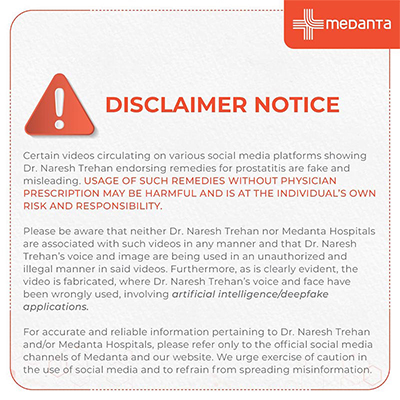Glaucoma – Causes, Symptoms & Treatment

TABLE OF CONTENTS
Glaucoma is a group of eye diseases that damage the optic nerve, often due to increased intraocular pressure (IOP). It is one of the leading causes of irreversible blindness worldwide. Known as the "silent thief of sight," glaucoma can progress without noticeable symptoms until significant vision loss occurs. Early detection and treatment are crucial to preventing severe damage.
What Causes Glaucoma?
Glaucoma occurs when the drainage system in the eye becomes inefficient, causing a buildup of fluid and increasing pressure inside the eye. This pressure damages the optic nerve, which is responsible for transmitting visual information to the brain. While high eye pressure is a major risk factor, glaucoma can also develop with normal eye pressure due to poor blood flow or other factors.
Types of Glaucoma
Open-Angle Glaucoma: The most common type, where the eye's drainage system gradually becomes inefficient, leading to slow and progressive vision loss.
Angle-Closure Glaucoma: A rarer but more severe form, where the drainage angle is blocked, causing a sudden rise in intraocular pressure. It requires immediate medical attention.
Normal-Tension Glaucoma: Occurs despite normal eye pressure, damaging the optic nerve due to unknown factors such as poor blood circulation.
Congenital Glaucoma: A rare condition present at birth due to improper development of the eye’s drainage system.
Symptoms of Glaucoma
Glaucoma symptoms vary depending on the type and stage of the disease. In the early stages, there may be no noticeable symptoms. As the condition progresses, symptoms may include:
Gradual loss of peripheral (side) vision
Blurred vision
Halos around lights
Eye pain and redness (especially in angle-closure glaucoma)
Severe headache and nausea (in acute cases)
Sudden vision loss (in severe cases)
Risk Factors for Glaucoma
Several factors can increase the risk of developing glaucoma, including:
Age over 40
Family history of glaucoma
High eye pressure (intraocular pressure)
Diabetes and high blood pressure
Thin corneas
Prolonged use of corticosteroids
History of eye injuries or surgeries
How is Glaucoma Diagnosed?
Regular eye exams are crucial for detecting glaucoma early. A comprehensive glaucoma screening includes:
Gonioscopy: to decide type of Glaucoma and to evaluate the drainage angle of the eye.
Optical Coherence Tomography (OCT): Provides detailed images of the optic nerve for any early damage because of Glaucoma.
Tonometry: Measures intraocular pressure.
Ophthalmoscopy: Examines the optic nerve for signs of damage.
Perimetry (Visual Field Test): Assesses peripheral vision loss.
Treatment Options for Glaucoma

While there is no cure for glaucoma, treatment can help slow its progression and preserve vision. Options include:
Medicated Eye Drops: Reduce intraocular pressure by improving fluid drainage or decreasing fluid production.
Laser Therapy: Procedures like trabeculoplasty or iridotomy improve fluid drainage to lower eye pressure.
Surgery (Trabeculectomy): Creates a new drainage pathway for excess eye fluid in severe cases.
Minimally Invasive Glaucoma Surgery (MIGS): A less invasive approach to reduce eye pressure with fewer complications.
Prevention and Eye Care Tips
Regular Eye Check-ups: People over 40 should have an eye exam every 1-2 years, especially if they have risk factors.
Control Blood Pressure and Diabetes: Managing these conditions reduces the risk of optic nerve damage.
Protect Your Eyes: Avoid eye injuries by wearing protective eyewear in hazardous activities.
Maintain a Healthy Lifestyle: A balanced diet, regular exercise, and quitting smoking contribute to better eye health.
Conclusion
Glaucoma is a serious yet preventable condition. Since it often progresses without symptoms, regular eye exams and early detection are key to protecting your vision. If you are at risk, consult an eye specialist and take proactive steps to preserve your eyesight for a lifetime.




